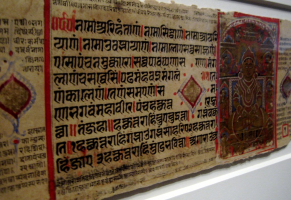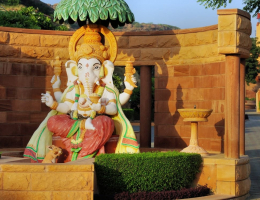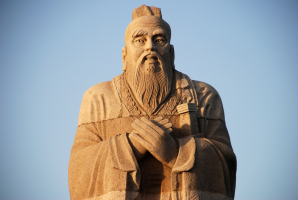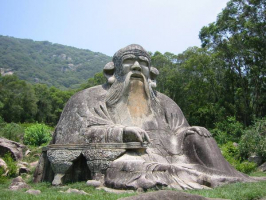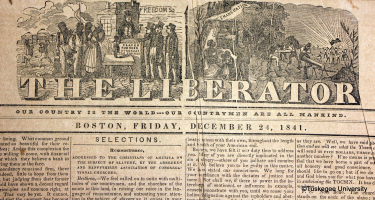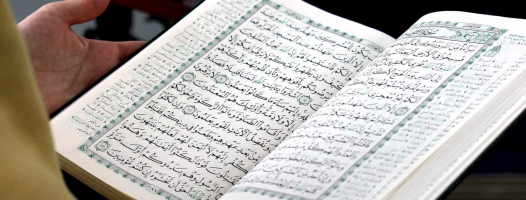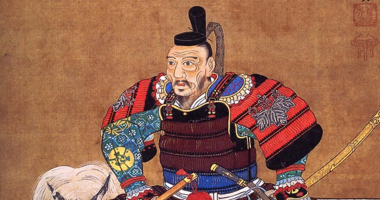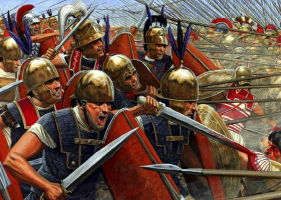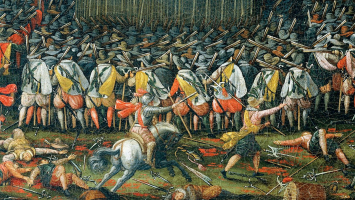Top 10 Most Influential Sacred Texts in History
In the world of ancient wisdom, sacred texts are like treasure troves of knowledge and guidance. These texts, passed down through generations, hold the keys to ... read more...understanding different cultures. Step into Toplist's journey with the most influential sacred texts in history, where each text passes through the heart of human spirituality.
-
The Bible is a collection of sacred texts or scriptures that Jews and Christians consider to be a product of divine inspiration. It is the most widely read and translated book in human history, and it has had a profound impact on the development of Western civilization.
The Bible is divided into two main parts: the Old Testament and the New Testament. The Old Testament talks about the history of the world, starting with its creation. It shares stories about the first people, their struggles, and their connection with God. It includes important events like the parting of the Red Sea and the Ten Commandments given to Moses.
The New Testament focuses on the life and teachings of Jesus Christ, who Christians believe is the Son of God. It tells stories about his birth, his teachings that are full of love and kindness, and his miracles like healing the sick and bringing people back to life. The New Testament also talks about his crucifixion and resurrection, which is a central belief for Christians.
The Bible is more than just stories; it's a guide for life. It's filled with lessons about how to treat others with kindness, how to be fair and just, and how to live a good life according to God's teachings.
Many people read the Bible regularly, finding comfort, guidance, and inspiration in its words. It's been translated into hundreds of languages and has had a huge impact on art, literature, and culture worldwide. For Christians, it's not just a book; it's a source of faith and a way to connect with God. That is why The Bible ranks first among the most influential sacred texts in history.
Link to buy: https://www.amazon.com/Standard-Leather-Ribbon-Marker-Version/dp/1432117971
Link to read: https://www.biblica.com/online-bible/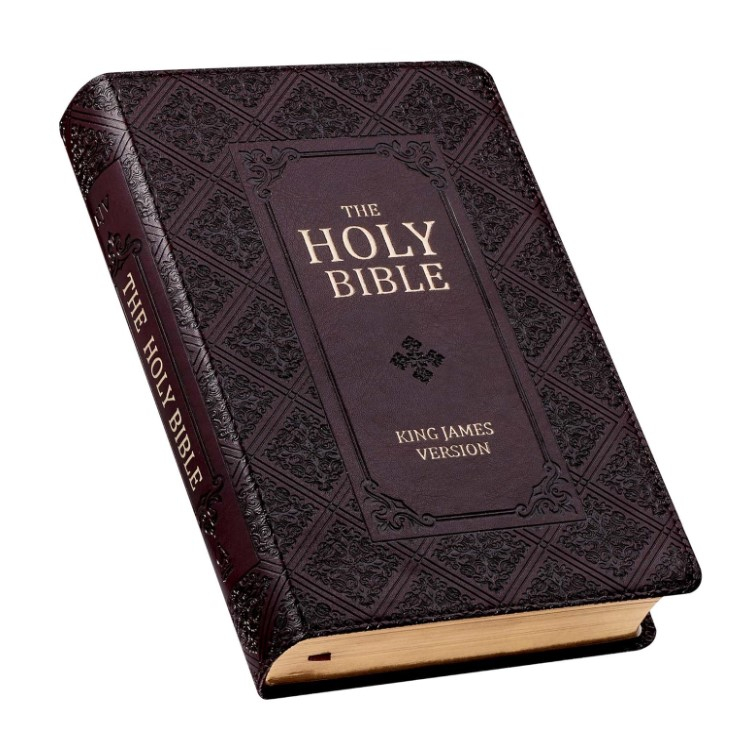
Screenshot of https://www.amazon.com/ 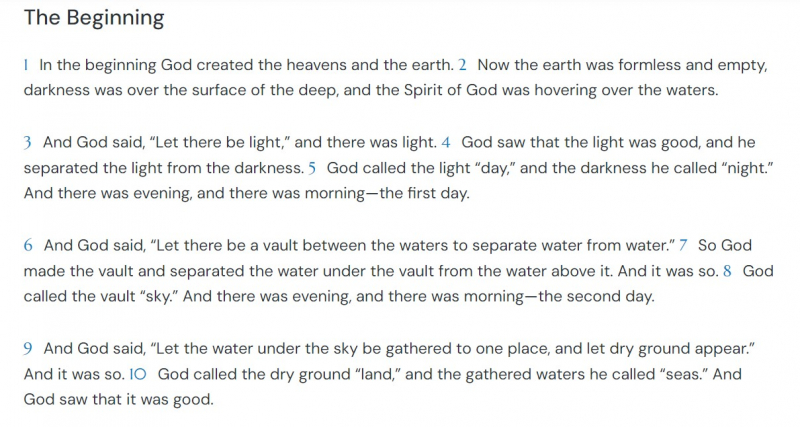
Screenshot of https://www.biblica.com/bible/niv/genesis/1/ -
The Qur'an, also spelled Quran or Koran, is the central religious text of Islam. It's believed by Muslims to be a record of the verbatim revelations of God (Allah) as revealed to the Prophet Muhammad through the angel Gabriel. It is widely considered the holiest book in Islam, and its verses are considered by Muslims to be the literal word of God.
It's made up of chapters called "Surahs," and these are divided into verses called "Ayahs." The Quran is written in Arabic, and for many Muslims, reading it in its original language is very important. However, it's been translated into many languages so people all around the world can understand it.
The Quran covers a lot of things. It talks about how to live a good life, how to treat others with kindness and fairness, and how to worship God. It shares stories about prophets like Adam, Noah, Moses, and Jesus, teaching lessons about faith, patience, and doing what's right.
Muslims believe the Quran has never been changed since it was revealed. They recite verses from it during prayers and try to follow its teachings in their daily lives. Many find peace, guidance, and strength in its words. The Qur'an is also used to resolve legal disputes and to guide Muslims in their personal and ethical conduct.
The Quran is seen as a source of wisdom and a way to connect with God. It's highly respected and cherished in the Islamic faith, and its impact on art, literature, and culture is profound, influencing Muslims and non-Muslims alike around the world.
Link to buy: https://www.amazon.com/Holy-Quran-Abdullah-Yusuf-Ali/dp/1853267821
Link to read: https://quran.com/
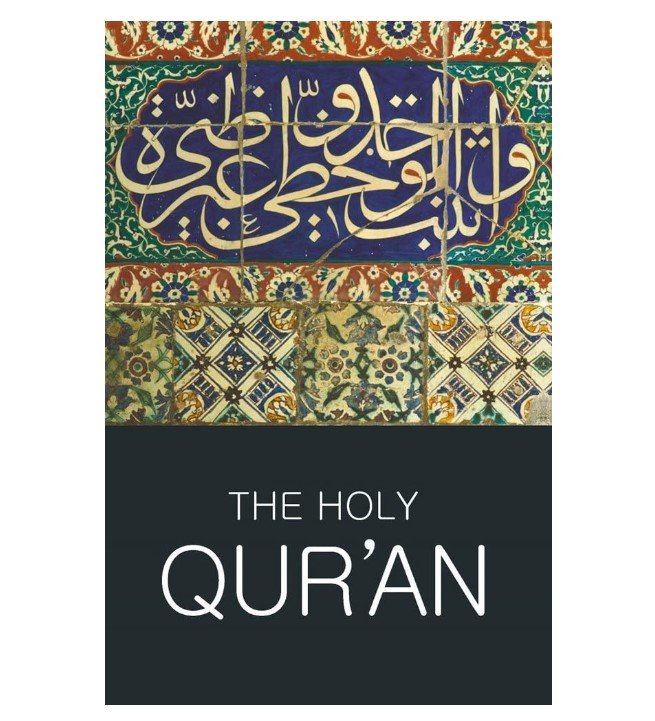
Screenshot of https://www.amazon.com/ 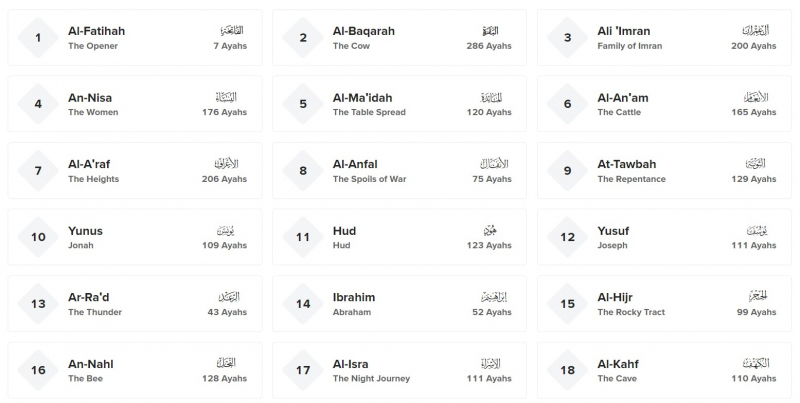
Screenshot of https://quran.com/ -
The Torah, also known as the Pentateuch, is the first five books of the Hebrew Bible and the foundational text of Judaism. It is believed to have been written by Moses between the 13th and 12th centuries BCE. It consists of five books: Genesis, Exodus, Leviticus, Numbers, and Deuteronomy.
These books contain stories that Jewish people believe explain the creation of the world, the lives of important figures like Abraham and Moses, and the history of the Jewish people. The Torah also includes laws given by God to Moses, which are crucial guidelines for how Jewish people should live their lives.
It's written in Hebrew and is considered the foundation of Jewish law, ethics, and beliefs. Many Jewish families read and study the Torah regularly, often in synagogue services or at home during special occasions.
The Torah has had a profound impact on the development of Judaism. Its teachings have shaped Jewish law, ritual, and tradition, and it continues to be a source of inspiration and guidance for Jews around the world. It is the source of Jewish law and tradition, and it provides a framework for Jewish understanding of God, the world, and humanity's place within it.
The Torah is highly respected and considered sacred in Judaism. Its influence extends beyond religious practices, impacting Jewish culture, traditions, and values. Throughout history, it has played a significant role in shaping the lives and beliefs of Jewish individuals and communities worldwide.
Link to buy: https://www.amazon.com/Torah-Translation-Scriptures-According-Traditional/dp/0827600151
Link to read: https://www.shalomlc.org/index.php/torah-study/torah-online
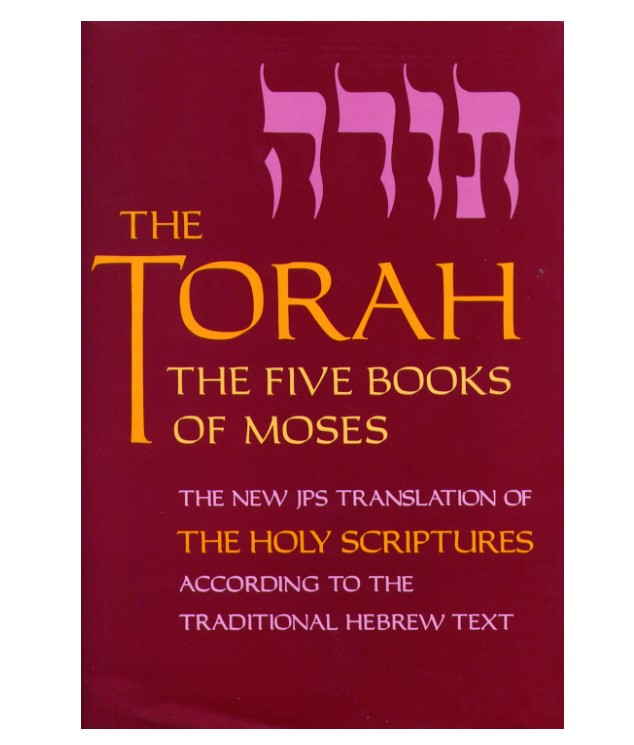
Screenshot of https://www.amazon.com/ 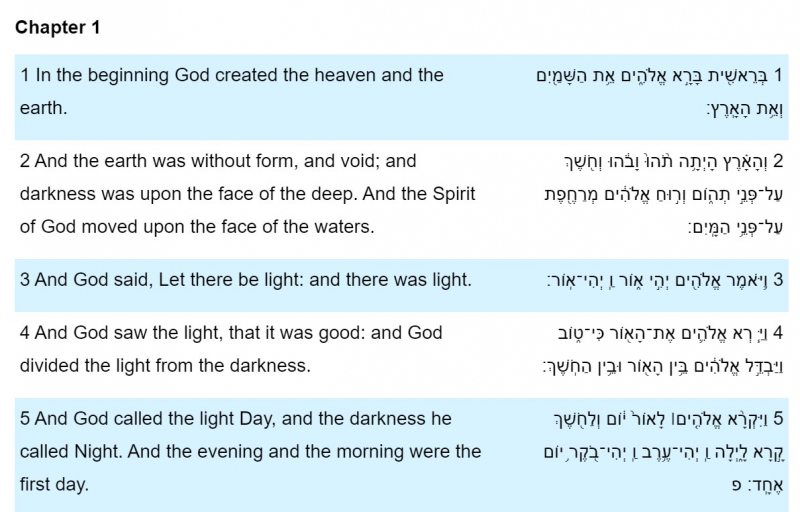
Screenshot of https://www.shalomlc.org/index.php/torah-study/torah-online -
The Bhagavad Gita is a special part of a big epic story called the Mahabharata, a revered text in Hinduism. It's a conversation between Prince Arjuna and Lord Krishna, who serves as his charioteer.
The Gita takes place on the battlefield of Kurukshetra, where two armies, the Pandavas and the Kauravas, are about to fight a war. Arjuna is filled with doubt and despair, and he refuses to fight. His charioteer, Krishna, who is also an incarnation of the god Vishnu, reveals his divine form to Arjuna and teaches him the true nature of reality and the path to liberation.
The Bhagavad Gita shares valuable teachings about how to live a good life. It discusses concepts like duty (called dharma), the right way to behave, and the importance of doing one's duty without getting too attached to the results. It's not just about war; it's about the inner struggle everyone faces when making tough choices. The lessons apply to everyday life, teaching about devotion, wisdom, and finding inner peace.
Many Hindus consider the Bhagavad Gita a spiritual guide. Its teachings have had a profound impact on Hindu philosophy, inspiring people to do good deeds and live with a sense of purpose and devotion.
This text is treasured for its wisdom and is studied by scholars and spiritual seekers worldwide. Its messages about doing what's right and staying true to oneself continue to resonate across cultures and beliefs, influencing people seeking guidance on life's moral and spiritual dilemmas. It is considered to be one of the most influential sacred texts in history, and its teachings continue to guide and inspire Hindus around the world.
Link to buy: https://www.amazon.com/Bhagavad-Gita-2nd-Eknath-Easwaran/dp/1586380192/
Link to read: https://www.holy-bhagavad-gita.org/
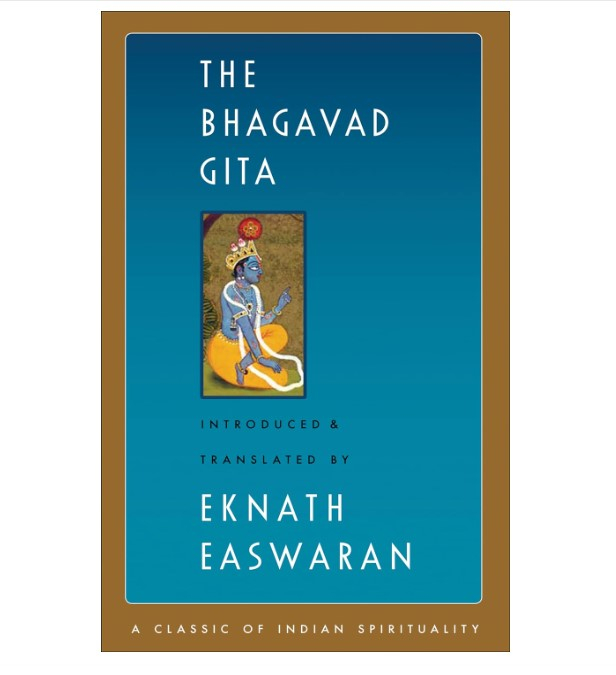
Screenshot of https://www.amazon.com/ 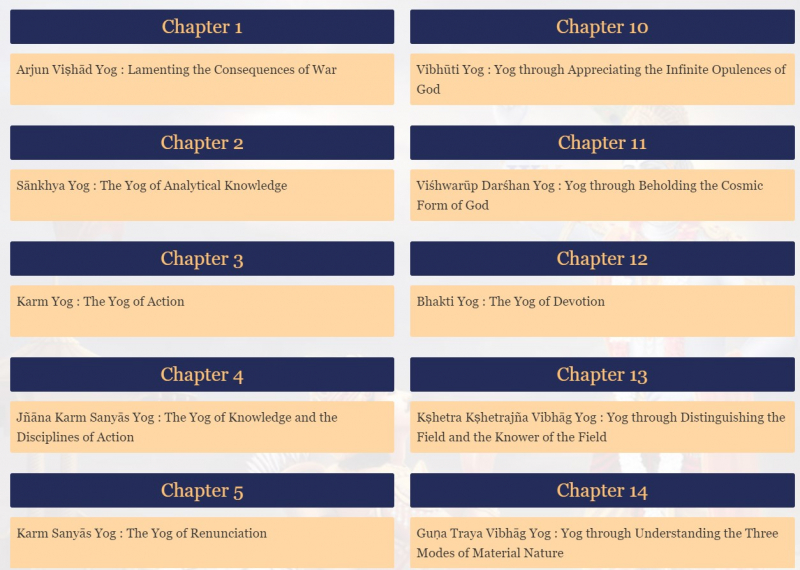
Screenshot of https://www.holy-bhagavad-gita.org/ -
The Tripitaka, also known as the Pali Canon, is the sacred text of Theravada Buddhism. It is the oldest and most complete extant early Buddhist canon, and it is believed to contain the actual words of the Buddha himself, along with other texts. The name "Tripitaka" means "Triple Basket," and it refers to the three main categories of texts that make up the canon.
The Sutra Pitaka contains the Buddha's discourses and teachings on various topics like meditation, ethics, and the nature of reality. Vinaya Pitaka includes rules and guidelines for monks and nuns—how they should live, behave, and practice their faith. Abhidhamma Pitaka explores the Buddha's teachings in a more detailed and philosophical way, focusing on the nature of the mind, consciousness, and reality.
The Tripitaka helps Buddhists understand the path to enlightenment and how to live a life of wisdom and compassion. It's written in an ancient language called Pali but has been translated into many languages for people worldwide to study and learn from its teachings.
For Buddhists, the Tripitaka is a guide for how to live a life of kindness, wisdom, and mindfulness. Monks and nuns often study it, and its teachings are recited during religious ceremonies. It's a fundamental source of inspiration and guidance for those following the Buddhist path, helping them understand the principles of compassion and enlightenment taught by the Buddha.
Link to buy: https://www.amazon.com/Buddhas-Words-Anthology-Discourses-Teachings/dp/0861714911/
Link to read: https://suttacentral.net/
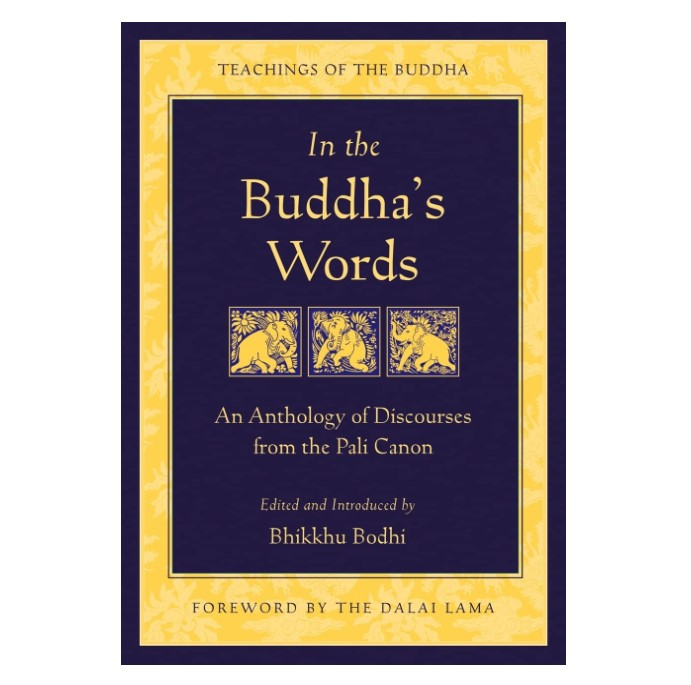
Screenshot of https://www.amazon.com/ 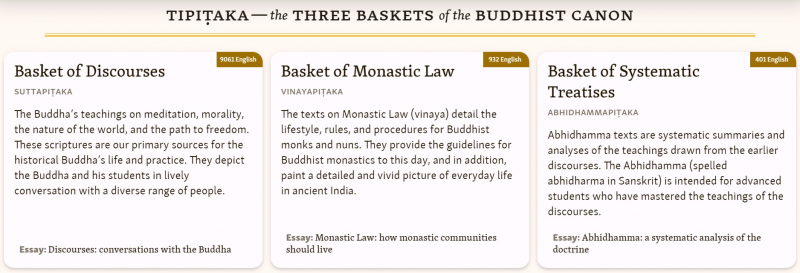
Screenshot of https://suttacentral.net/ -
The Guru Granth Sahib is the central holy scripture of Sikhism, compiled by the fifth Guru, Guru Arjan Dev Ji, in 1604 CE. It is revered as the living Guru by Sikhs and is considered to be the embodiment of the Sikh Gurus.
The Guru Granth Sahib is a voluminous work, containing over 1430 pages of text. It contains writings not only from Guru Nanak but also from other Sikh Gurus and spiritual leaders. It's written in poetic and musical forms, called hymns or shabads, and it's meant to be sung or recited.
This sacred text teaches about equality, kindness, and devotion to God. It covers various aspects of life, including how to be a good person, treat others well, and live a life of honesty and service. The Guru Granth Sahib promotes the concept of Seva, selfless service to humanity. It encourages Sikhs to work for the betterment of society and to alleviate suffering.
The Guru Granth Sahib emphasizes the importance of meditation, selfless service, and remembering God in all actions. Sikhs view it with utmost respect and consider it their eternal spiritual guide. The Granth Sahib is often kept in Sikh temples, known as Gurdwaras, and is treated with reverence. Sikhs also take part in a ceremony called "Prakash," where the Guru Granth Sahib is opened and read, and it's considered a moment of spiritual enlightenment.The Guru Granth Sahib serves as the spiritual guide for Sikhs, providing them with guidance on their path to spiritual enlightenment and liberation. It is the foundation of Sikh identity and practice, and it plays a central role in Sikh worship and rituals.
Link to buy: https://www.amazon.com/Shri-Guru-Granth-Sahib-Vol/dp/1606202219
Link to read: https://www.searchgurbani.com/guru-granth-sahib/ang-by-ang
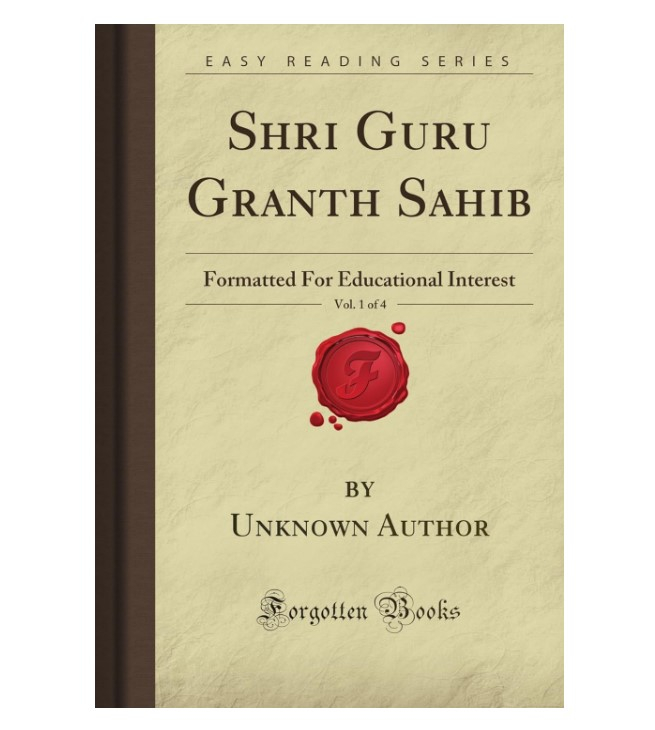
Screenshot of https://www.amazon.com/ 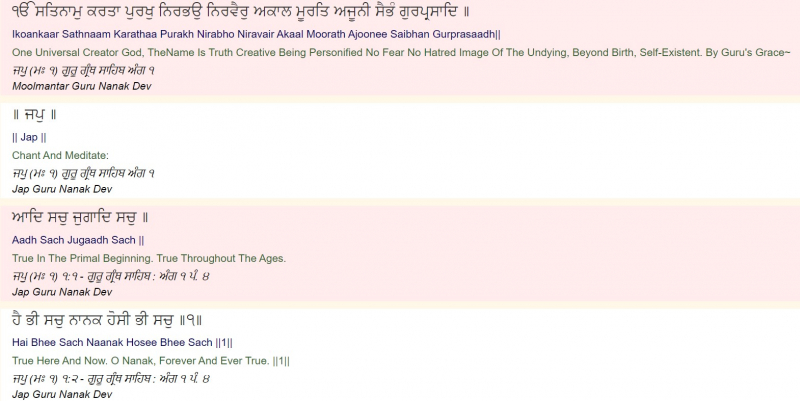
Screenshot of https://www.searchgurbani.com/guru-granth-sahib/ang-by-ang -
The Tao Te Ching is a famous ancient Chinese text written by Laozi, a legendary figure who is said to have lived in the 6th century BCE. It is considered to be a foundational text of Taoism. And it's a small book filled with short verses that talk about the concept of the Tao (pronounced "dow").
The Tao Te Ching is divided into 81 brief chapters, each of which explores a different aspect of the Tao, or the Way. The Tao is a complex concept that is difficult to define, but it can be understood as the underlying principle of the universe, the natural order of things. It's more like a guiding principle, teaching people how to live in harmony with the world around them.
The Tao Te Ching talks about how things in life work best when they follow their natural course, without force or effort. It teaches about being humble, going with the flow, and being content with simplicity.
Laozi's teachings in the Tao Te Ching explore ideas of balance and living in tune with nature. It emphasizes that by letting go of desires and living in a more peaceful and simple way, people can find true happiness and inner peace.In essence, the Tao Te Ching has had a profound impact on Chinese culture and philosophy. It has been translated into many languages and has been studied by philosophers, poets, and artists for centuries. It continues to be a source of inspiration and guidance for people around the world.
Link to buy: https://www.amazon.com/Tao-Ching-Arcturus-Ornate-Classics/dp/1839403950/
Link to read: https://taoism.net/tao-te-ching-online-translation/
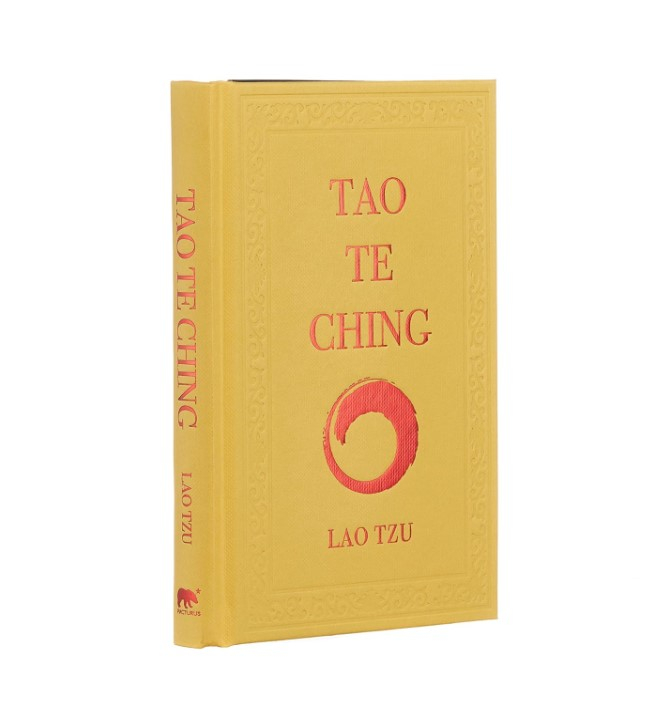
Screenshot of https://www.amazon.com/ 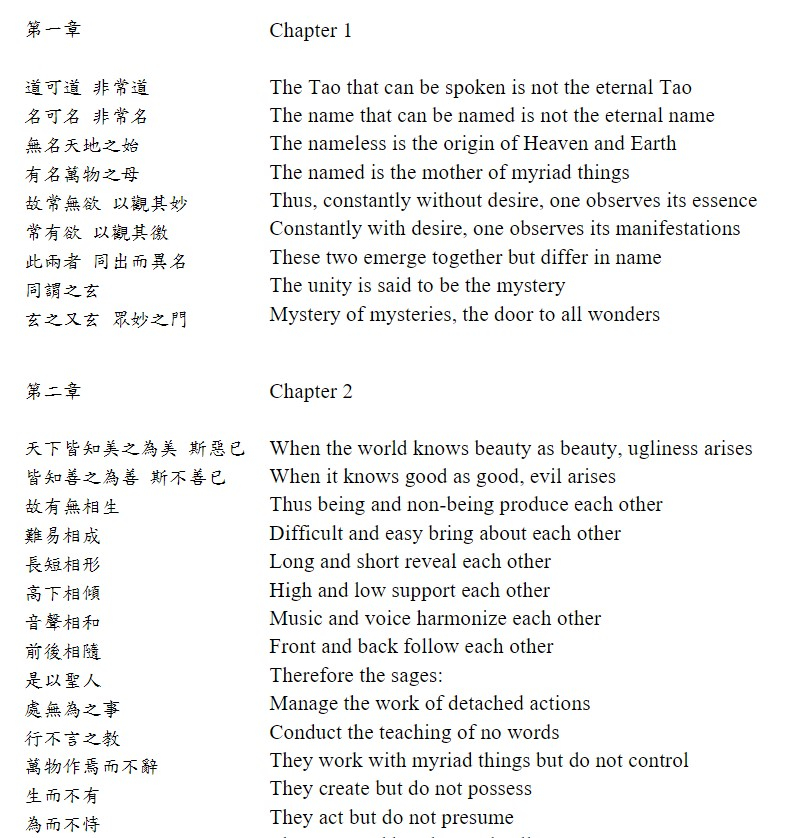
Screenshot of https://taoism.net/tao-te-ching-online-translation/ -
The Egyptian Book of the Dead, also known as the Book of Going Forth by Day. It is a collection of spells and rituals that were believed to help the deceased navigate the afterlife. It was written on papyrus scrolls and often illustrated with vignettes depicting the deceased and their journey through the underworld.
The Egyptian Book of the Dead began to be compiled around 2500 BCE, during the Old Kingdom period of ancient Egypt. It evolved over time, with new spells and rituals been added over the centuries. The purpose of the book was to provide the deceased with the knowledge and tools they needed to successfully navigate the afterlife and reach the realm of Osiris, the god of the underworld.
It contained rituals and magic spells meant to protect the soul and guide it through challenges it might face in the afterlife. Some spells were about speaking to gods, while others were about passing tests or avoiding dangers. The rituals included anointing the body, reciting prayers, and performing magical acts to ensure the deceased's safe passage.
The book also had illustrations showing the journey, including scenes of judgment where the soul had to prove it lived a good life by following the laws of Ma'at (the concept of truth, balance, and order). These scrolls were placed in the tomb or coffin to help the deceased in their journey to the afterlife.
It's a crucial piece of ancient Egyptian culture, showing their beliefs about life after death and their intricate understanding of the spiritual world. The Egyptian Book of the Dead reflects their deep-rooted desire for immortality and their belief in the power of magic and ritual to ensure a safe and successful passage into the realm of the gods.
Link to buy: https://www.amazon.com/Egyptian-Book-Dead-Integrated-Full-Color/dp/1452144389/
Link to read: http://www.public-library.uk/dailyebook/The%20Egyptian%20Book%20of%20the%20Dead.pdf
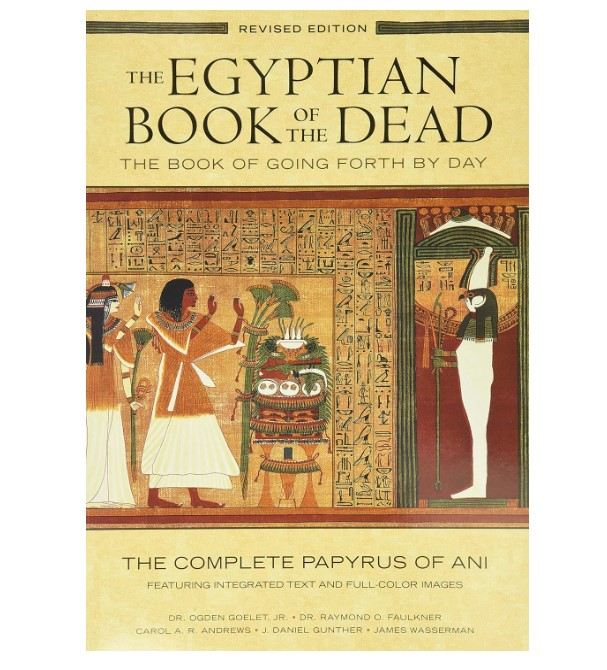
Screenshot of https://www.amazon.com/ 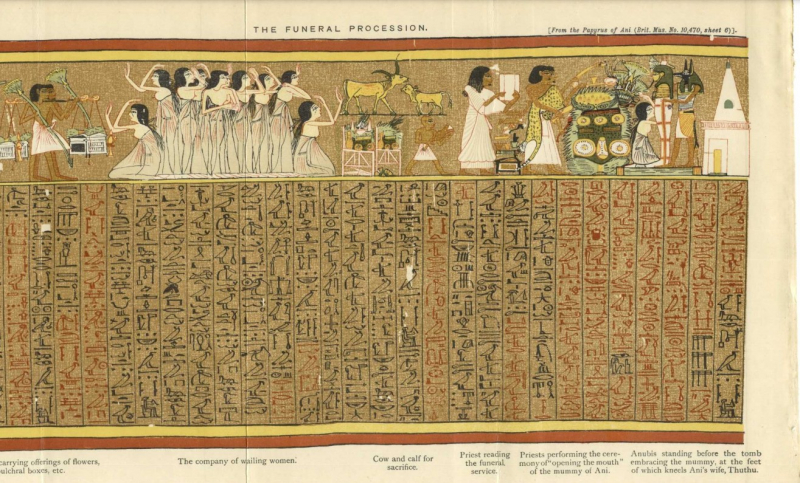
Screenshot of http://www.public-library.uk/dailyebook/The%20Egyptian%20Book%20of%20the%20Dead.pdf -
The Vedas are a collection of hymns and verses that form the oldest layer of sacred texts in Hinduism. They are believed to have been composed between 1500 and 500 BCE, and they are considered to be the divine revelation of God. The word "Veda" means "knowledge" or "wisdom" in Sanskrit.
There are four Vedas: Rigveda, Samaveda, Yajurveda, and Atharvaveda. Each Veda has different sections, but they all share spiritual knowledge and guidance. The Rigveda contains hymns praising gods like Indra, Agni, and Varuna. The Samaveda has melodies and chants that were sung during religious ceremonies. The Yajurveda provides instructions for rituals and sacrifices. The Atharvaveda includes spells, incantations, and wisdom for daily life.
These texts were very important in ancient Indian society. They were not just religious scriptures but also guides for rituals, social customs, and spiritual knowledge. Brahmins, the priests in ancient India, were responsible for learning and teaching the Vedas.
The Vedas teach about the gods, the universe, and the importance of living a righteous life. They discuss concepts like dharma (duty), karma (actions and their consequences), and moksha (liberation from the cycle of rebirth).
Even today, the Vedas hold significance in Hinduism and influence religious practices, ceremonies, and philosophical thoughts. Though they were written a very long time ago, their wisdom and spiritual teachings continue to impact Hindu culture and beliefs.Link to buy: https://www.amazon.com/Holy-Vedas-Veda-Yajur-Atharva/dp/8176465291/
Link to read: https://sacred-texts.com/hin/index.htm
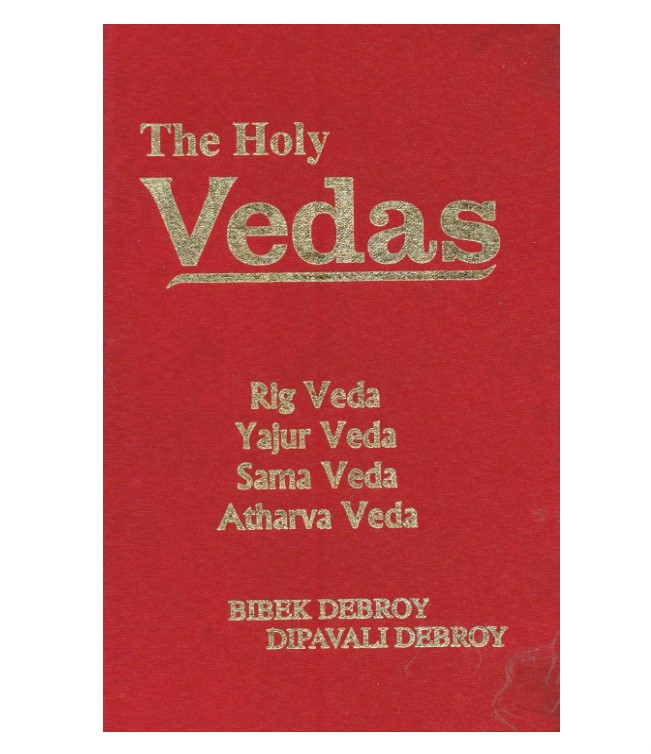
Screenshot of https://www.amazon.com/ 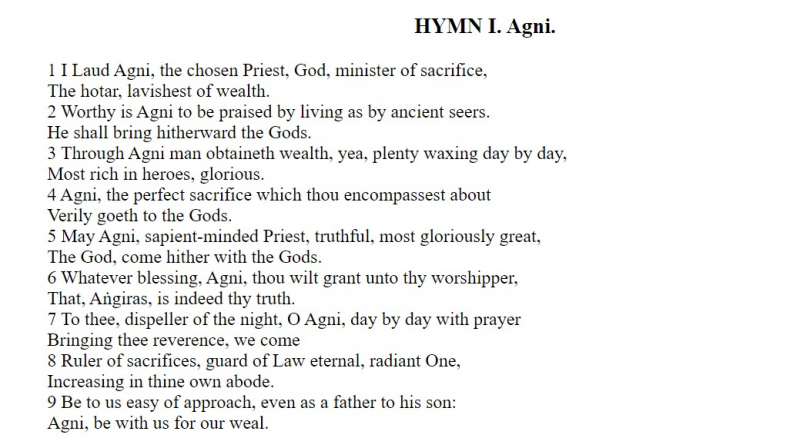
Screenshot of https://sacred-texts.com/hin/index.htm -
The Avesta is the primary collection of religious texts of Zoroastrianism. It is composed in the Avestan language, an ancient Iranian language that is closely related to Sanskrit. The Avesta is considered to be the divine revelation of Ahura Mazda, the supreme god of Zoroastrianism.
It's a collection of writings that includes hymns, prayers, rituals, and teachings that Zoroaster received from Ahura Mazda, the supreme god in Zoroastrianism. The Avesta is written in an ancient language called Avestan.
The most important part of the Avesta is the Gathas, which are hymns believed to be directly spoken by Zoroaster. They contain his teachings about the nature of good and evil, the importance of living a righteous life, and the battle between truth and falsehood.
The Avesta also includes texts like the Yasna, which are prayers and rituals performed during religious ceremonies, and the Vendidad, which discusses religious laws, purification rituals, and ethical guidelines. The Avesta has had a profound impact on the development of Zoroastrianism. It is the source of Zoroastrian law, ethics, and theology. The Avesta has also influenced Zoroastrian art, literature, and music.
Throughout history, parts of the Avesta were lost or destroyed, but some sections have been preserved and are highly revered in Zoroastrian communities. Even though it was written thousands of years ago, the Avesta continues to be a vital part of Zoroastrian faith and is a repository of their religious and moral teachings.
Link to buy: https://www.amazon.com/Khordeh-Avesta-Kavasji-Kanga/dp/1304365050/
Link to read: http://www.avesta.org/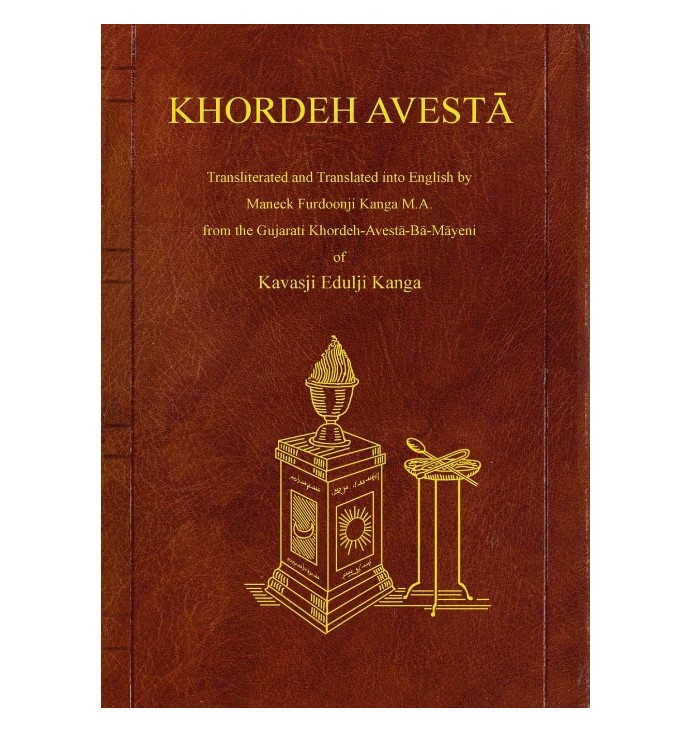
Screenshot of https://www.amazon.com/ 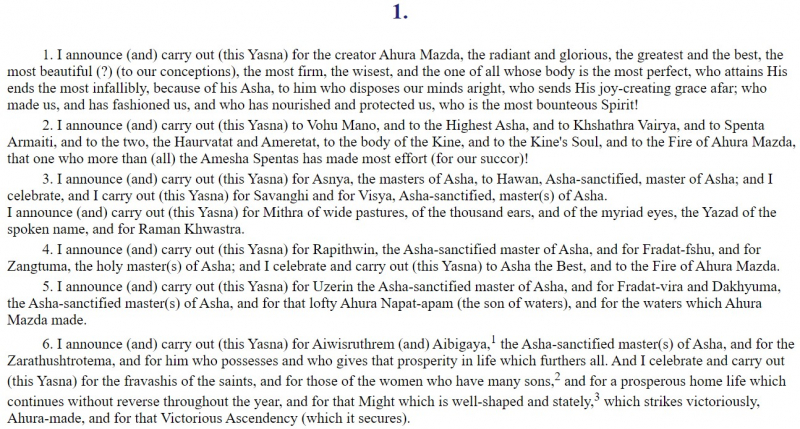
Screenshot of http://www.avesta.org/












